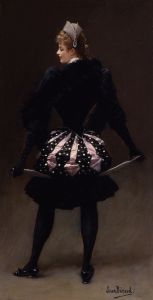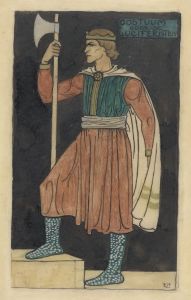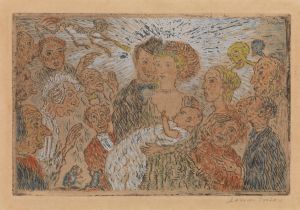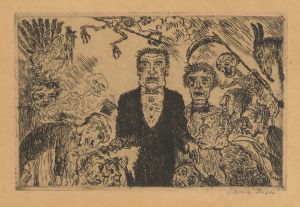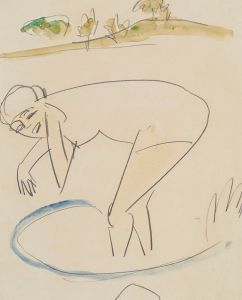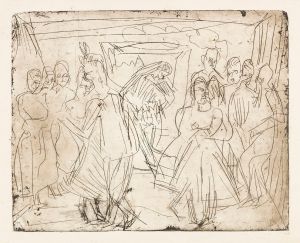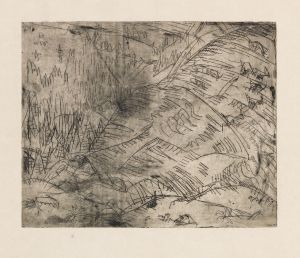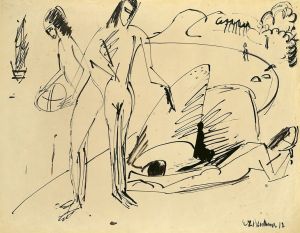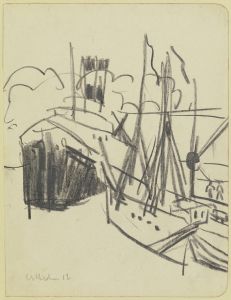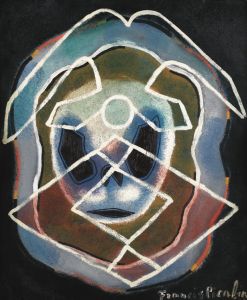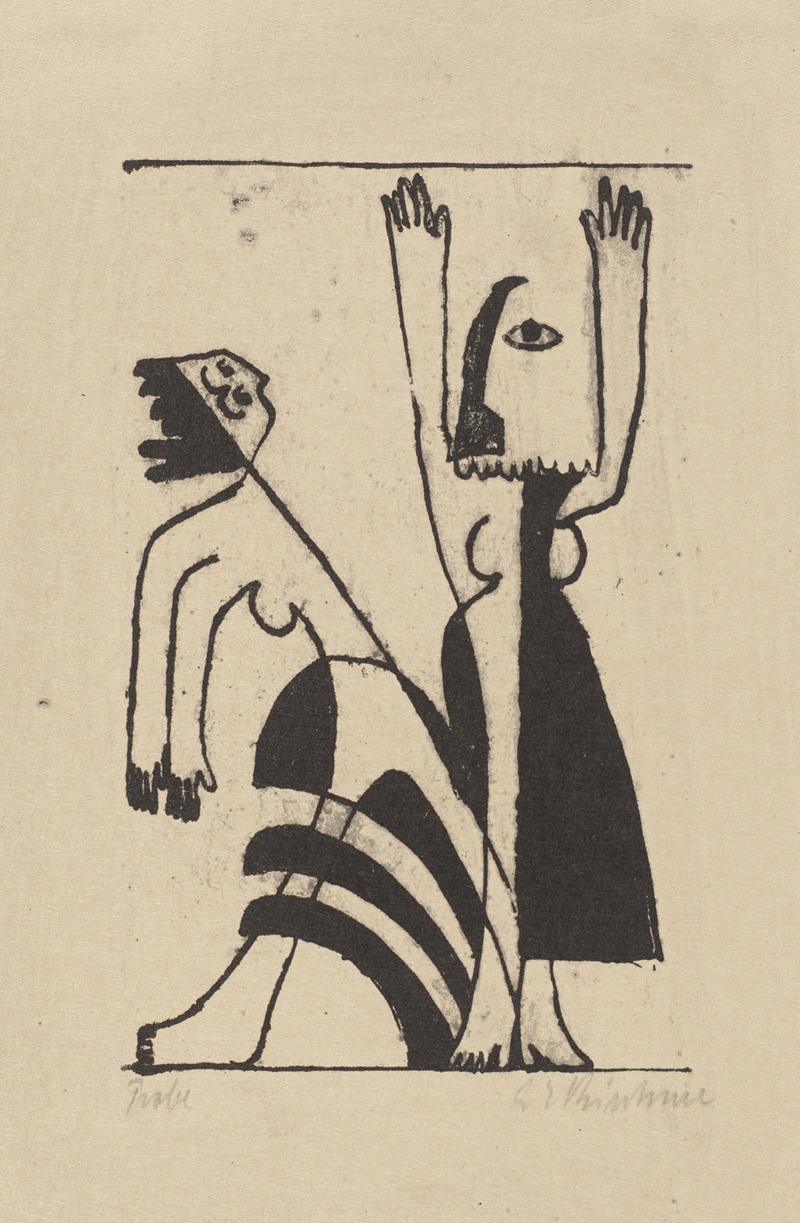
Maskentanz
A hand-painted replica of Ernst Ludwig Kirchner’s masterpiece Maskentanz, meticulously crafted by professional artists to capture the true essence of the original. Each piece is created with museum-quality canvas and rare mineral pigments, carefully painted by experienced artists with delicate brushstrokes and rich, layered colors to perfectly recreate the texture of the original artwork. Unlike machine-printed reproductions, this hand-painted version brings the painting to life, infused with the artist’s emotions and skill in every stroke. Whether for personal collection or home decoration, it instantly elevates the artistic atmosphere of any space.
Ernst Ludwig Kirchner's Maskentanz (translated as "Mask Dance") is a notable painting by the German Expressionist artist, created in 1911. Kirchner was a founding member of the influential art group Die Brücke (The Bridge), which sought to break away from traditional academic art and explore more expressive and emotional forms of representation. The painting reflects the group's interest in primitivism, modern urban life, and the psychological depth of human experience.
Maskentanz depicts a dynamic and colorful scene of figures wearing masks, engaged in a dance. The composition is characterized by Kirchner's signature style, which includes bold, angular forms, exaggerated proportions, and vibrant, non-naturalistic colors. These stylistic choices convey a sense of energy and movement, as well as an underlying tension or unease, which is a hallmark of Expressionist art. The use of masks in the painting can be interpreted as a reflection of the themes of disguise, identity, and the duality of human nature, though Kirchner's exact intentions remain a subject of scholarly interpretation.
The painting is also significant for its connection to Kirchner's broader body of work during this period, which often explored the nightlife and social dynamics of Berlin. Kirchner was deeply influenced by the rapid modernization and urbanization of early 20th-century Germany, and his works frequently depict scenes of cabarets, theaters, and other social gatherings. Maskentanz fits within this context, capturing the vibrancy and complexity of modern life while also hinting at its alienating and fragmented aspects.
Kirchner's work, including Maskentanz, was later condemned by the Nazi regime as "degenerate art" (Entartete Kunst), and many of his pieces were removed from German museums during the 1930s. Despite this, Kirchner's contributions to modern art have been widely recognized, and his works are now celebrated for their innovative approach and emotional depth.
Today, Maskentanz is held in the collection of the Brücke-Museum in Berlin, which houses an extensive collection of works by Kirchner and other members of Die Brücke. The museum is dedicated to preserving and showcasing the legacy of this influential movement in modern art history.






